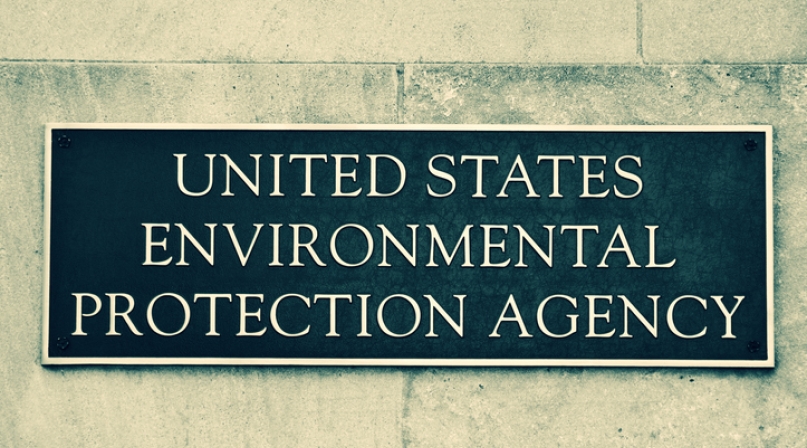EPA announces new rulemakings to address PFAS chemicals under the Resource Conservation and Recovery Act (RCRA)
Upcoming Events
Related News

Key Takeaways
In response to a petition filed by New Mexico Governor Michelle Lujan, the U.S. Environmental Protection Agency (EPA) announced two new rulemakings to address PFAS contamination under the Resource Conservation and Recovery Act (RCRA). RCRA is the primary federal law governing state and local management of solid waste. The EPA’s Corrective Action Program under RCRA requires facilities that treat, store or dispose of hazardous waste to investigate and clean up contaminants. The rulemakings will clarify EPA’s authority to clean up chemicals under the law.
The first rulemaking would designate four types of PFAS chemicals, including PFOA, PFOS, GenX and HFPO, as “hazardous constituents” under RCRA and make them subject to corrective actions. The second rulemaking would clarify that the RCRA Corrective Action Program has the authority to require investigation and cleanup for wastes that meet the statutory definition of hazardous waste. These regulatory actions are the first of many that EPA plans to take, as outlined in the recently released PFAS Strategic Roadmap.
PFAS are a class of toxic chemicals that have been used for various purposes, including commercial, industrial and U.S. military applications. Some common uses include food packaging, nonstick coatings and stain-resistance fabrics, and as an ingredient in fire suppressants used at U.S. military installations, airports and by state and local fire departments.
As owners, users and co-regulators of water resources, counties are directly impacted by new regulatory standards to address PFAS contamination. Counties support EPA’s efforts and other federal agencies to study the health and environmental impacts of PFAS compounds. Additionally, as the administration moves toward potential regulatory action, counties urge the administration to work closely with state and local governments throughout the rulemaking process.
Webinar
PFAS Litigation: What Counties Need to Know
Join this webinar, cohosted by NACo and the International Municipal Lawyers Association, to learn about current legal actions local communities are taking against manufacturers of PFAS chemicals.

Related News

DOI, DOE and the EPA announce new funding and regulatory measures to support U.S. coal industry
On September 29, the U.S. Departments of the Interior (DOI), Energy (DOE) and the Environmental Protection Agency (EPA) announced coordinated actions to expand domestic coal production and coal-fired energy generation.

U.S. Environmental Protection Agency announces it will uphold 2024 PFAS CERCLA rule
On September 17, the EPA announced that the agency will uphold the 2024 rule designating two types of PFAS as hazardous under the Comprehensive Environmental Response, Compensation, and Liability Act.

DOI announces millions for multiple wetlands conservation programs
On September 18, the U.S. Department of the Interior (DOI) announced $54 million in land acquisitions for waterfowl habitat conservation through a program administered by the Migratory Bird Conservation Commission. The conservation actions add onto an August 4 announcement of $102.9 million in grant-based funding under a separate program administered by the Commission for the conservation of critical wetlands ecosystems and migratory bird habitat through the North American Wetlands Conservation Act.